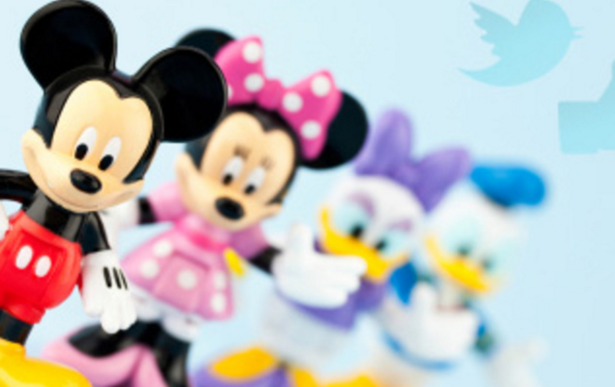Tag: customer immersion
How to Create a Smashingly Successful Brand Image Design
At the heart of all killer brands are the promise they commit to delivering to their clients. No matter how clever or memorable their brand image, if they fail to deliver on that promise, they fail. And those promises represent what the brand stands for. Feelings and emotions make a brand image design. and are…
8 Rookie Mistakes to Avoid in Small Business Branding
Have you ever defined your favorite brands and questioned why? It is a key exercise we often use with our clients. It helps to avoid rookie mistakes in small business branding. It also helps to evaluate what should be the heart of your company’s strong brand identity. It is all about how to be heard in…

10 Secrets to the Innovative Disney Marketing Strategy
Do you make continuous improvement a focus of your marketing strategy? Most of the best marketing strategies we study and follow certainly do, and that is an awesome way to do marketing. Yes, the innovative Disney marketing strategy is making their business better and better all the while. And their growth is all about their…